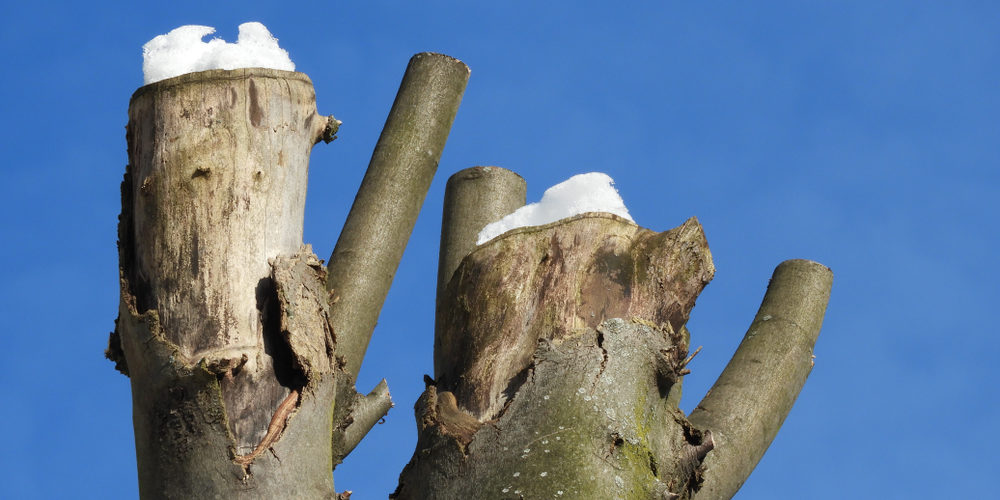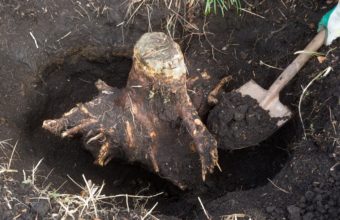Farmers and landowners may cut the tops of trees for various reasons, depending on their specific goals and agricultural practices.
Here are some common reasons why farmers might engage in tree topping…
- Crop Management – In some agricultural settings, farmers may cut the tops of trees to reduce shading and competition for sunlight, water, and nutrients. This practice allows more sunlight to reach the crops growing beneath the trees, promoting healthier crop growth.
- Fruit Tree Pruning – Fruit orchards often require pruning to improve fruit production and quality. Topping or canopy reduction can help control the height of fruit trees, make harvesting easier, and enhance fruit development by redirecting energy to fruit-bearing branches.
- Livestock Forage – In agroforestry or silvopasture systems, trees are integrated into livestock grazing areas. Farmers may top trees to provide a continuous source of forage for grazing animals while allowing trees to regenerate new growth.
- Windbreak Management – Windbreaks are rows of trees or shrubs planted to protect crops and livestock from wind and weather. Farmers may trim or top windbreak trees to maintain their effectiveness while preventing them from becoming overly dense.
- Timber Production – In forestry operations, trees are often managed for timber production. Topping or crown reduction can be part of the pruning process to promote straighter, taller trunks with fewer branches, which can yield higher-quality timber.
- Urban and Residential Tree Management – In some urban or residential settings with trees on farmland or around farmhouses, tree topping may be done to address safety concerns, remove dead or hazardous branches, or maintain tree health.
Tree topping, when not done correctly or excessively, can be harmful to trees. Improper topping can lead to weak, poorly attached regrowth, increased susceptibility to pests and diseases, and overall tree stress. Therefore, if tree topping is necessary, it should be performed by trained professionals following proper pruning techniques.
Farmers and landowners should consider consulting with arborists or forestry experts to ensure that tree topping is conducted in a way that supports their agricultural objectives while minimizing negative impacts on tree health and longevity. Proper tree care and maintenance practices help balance the needs of agriculture and sustainable tree management.




